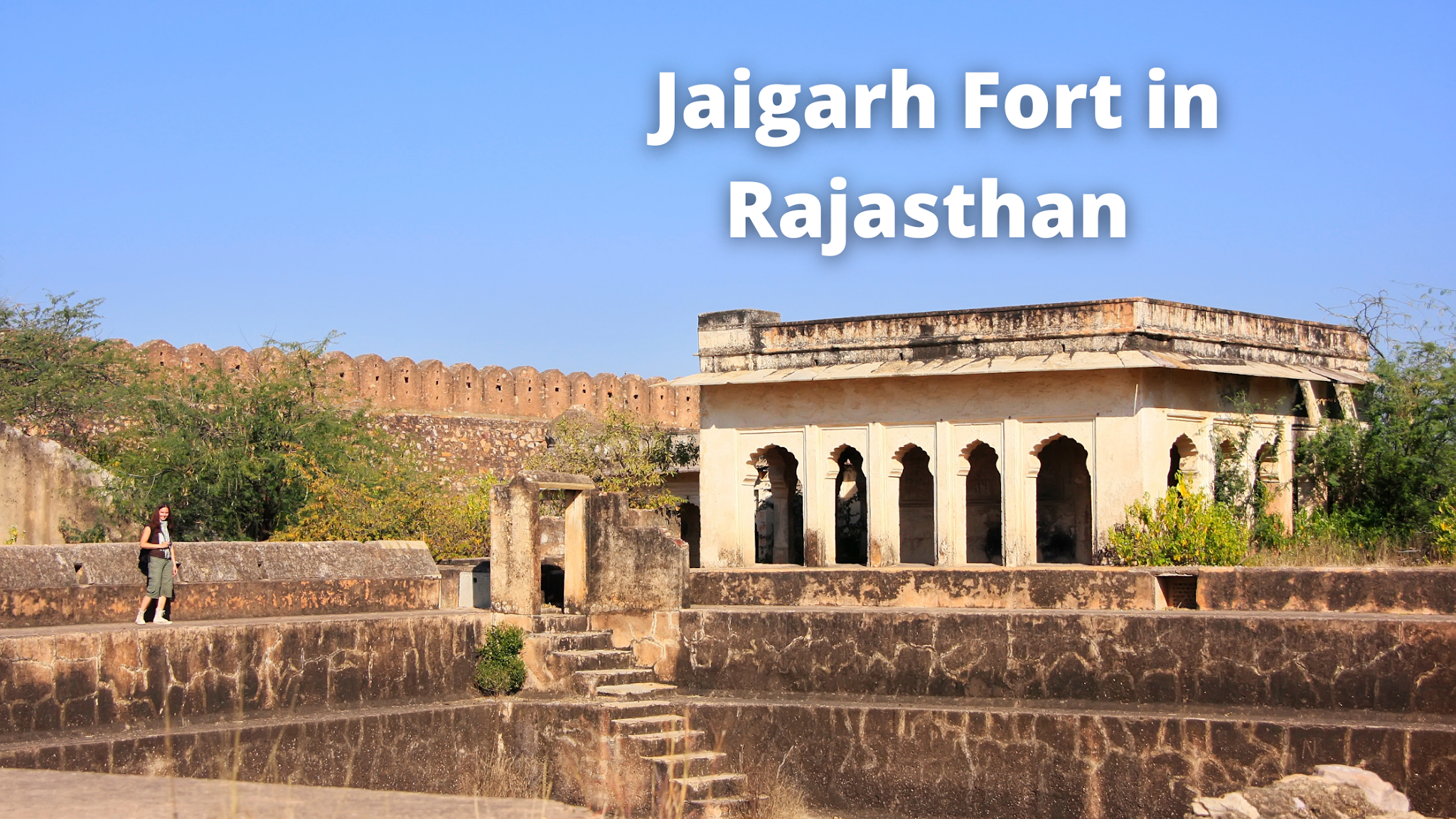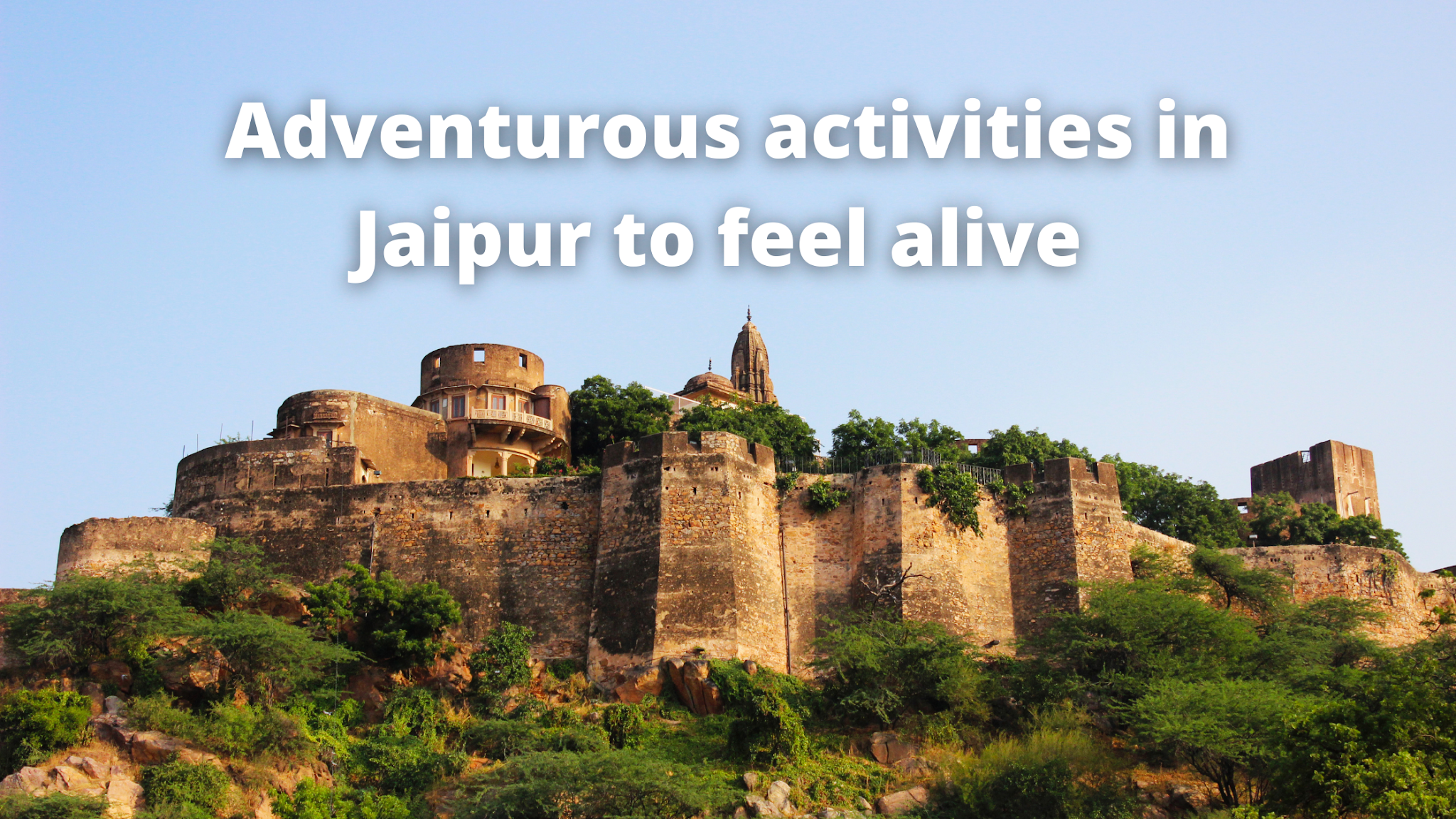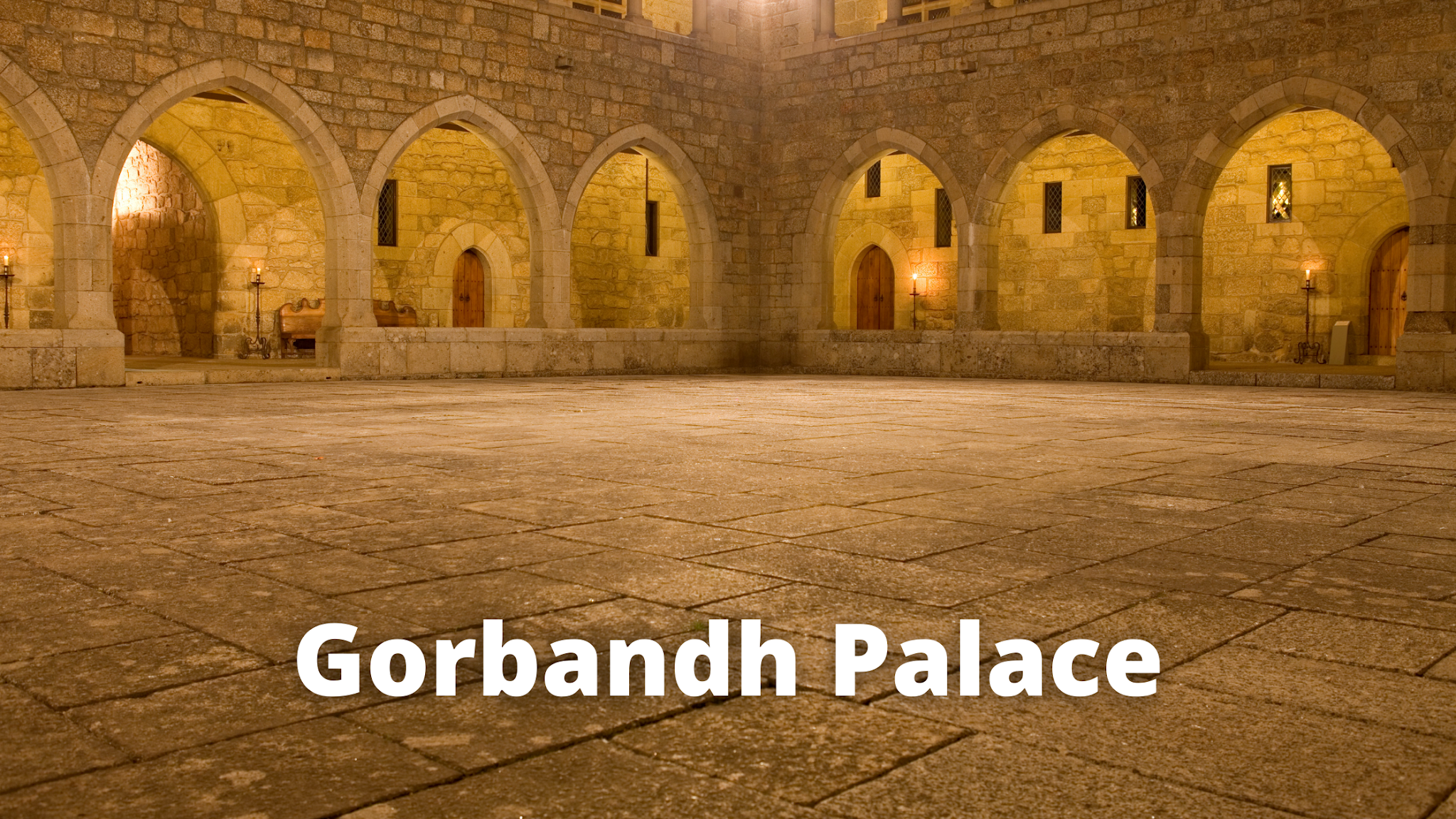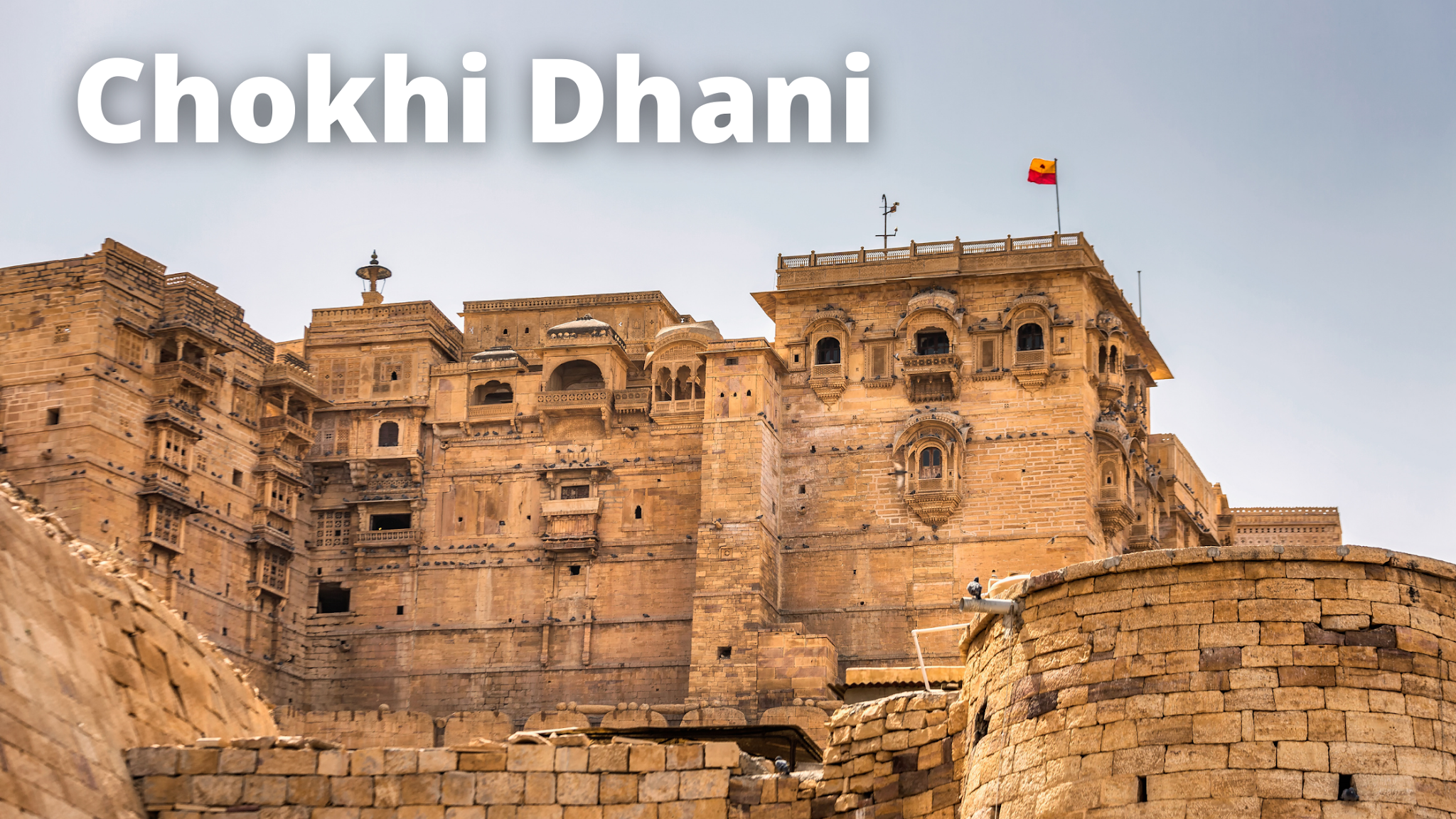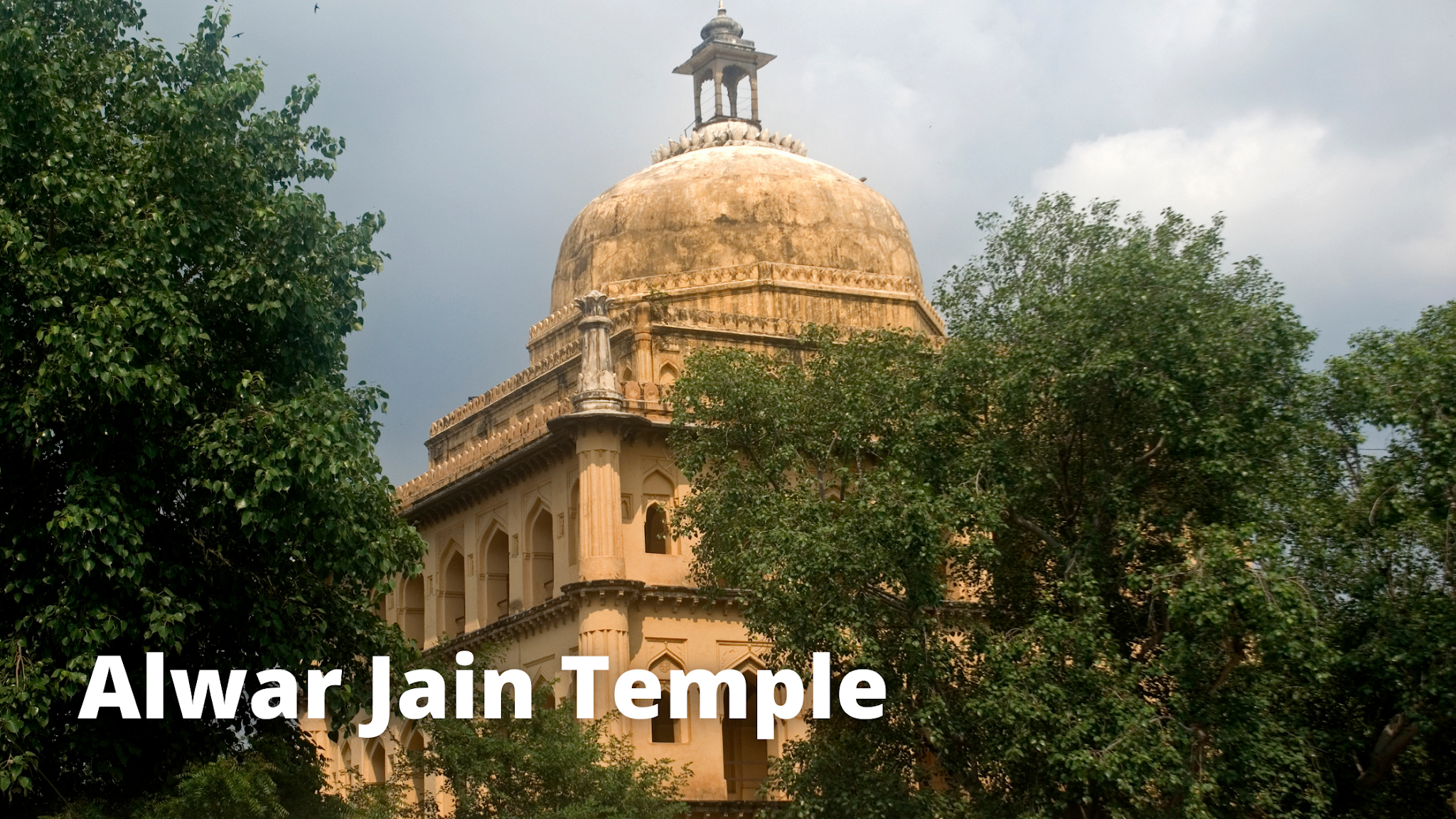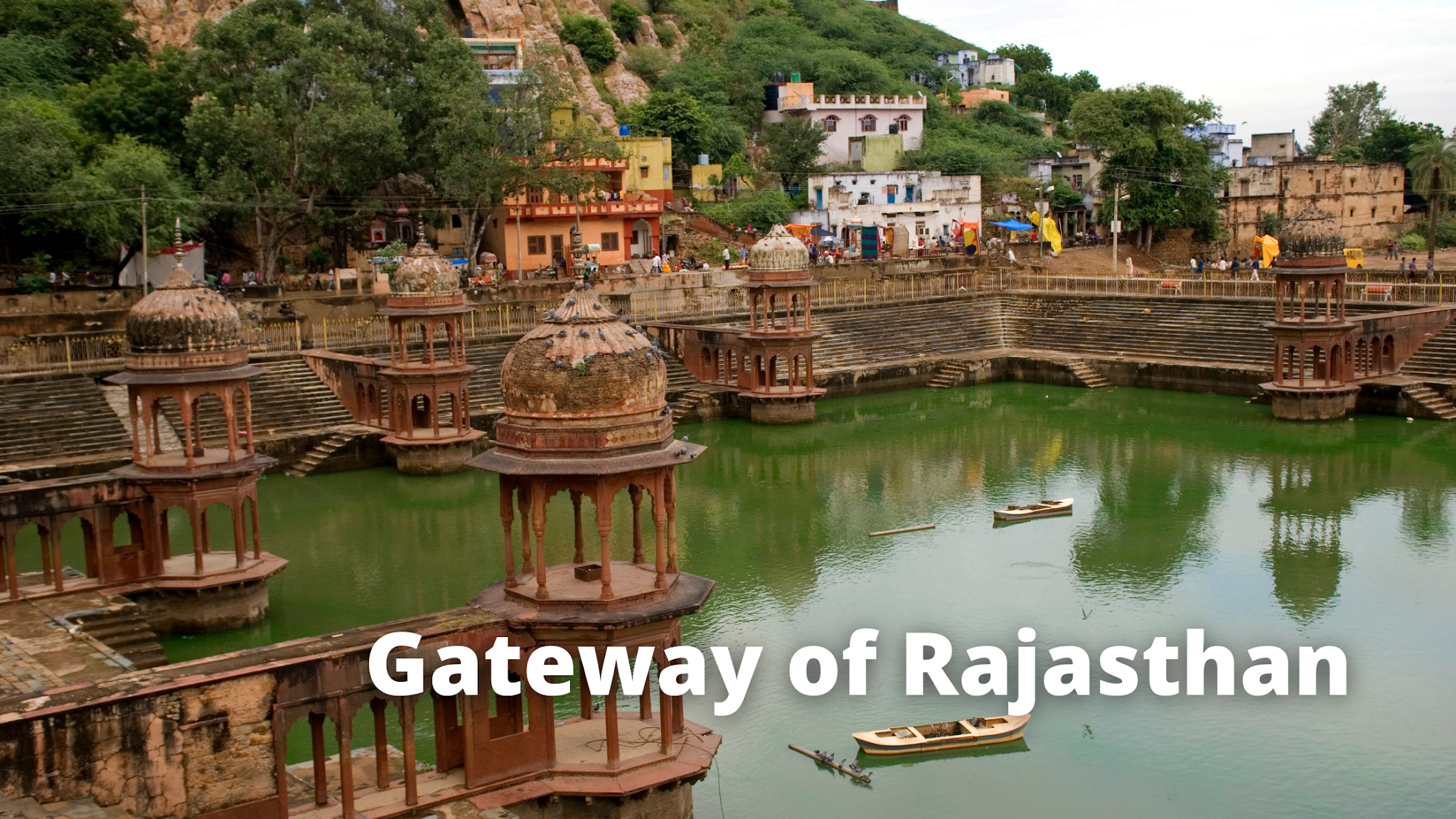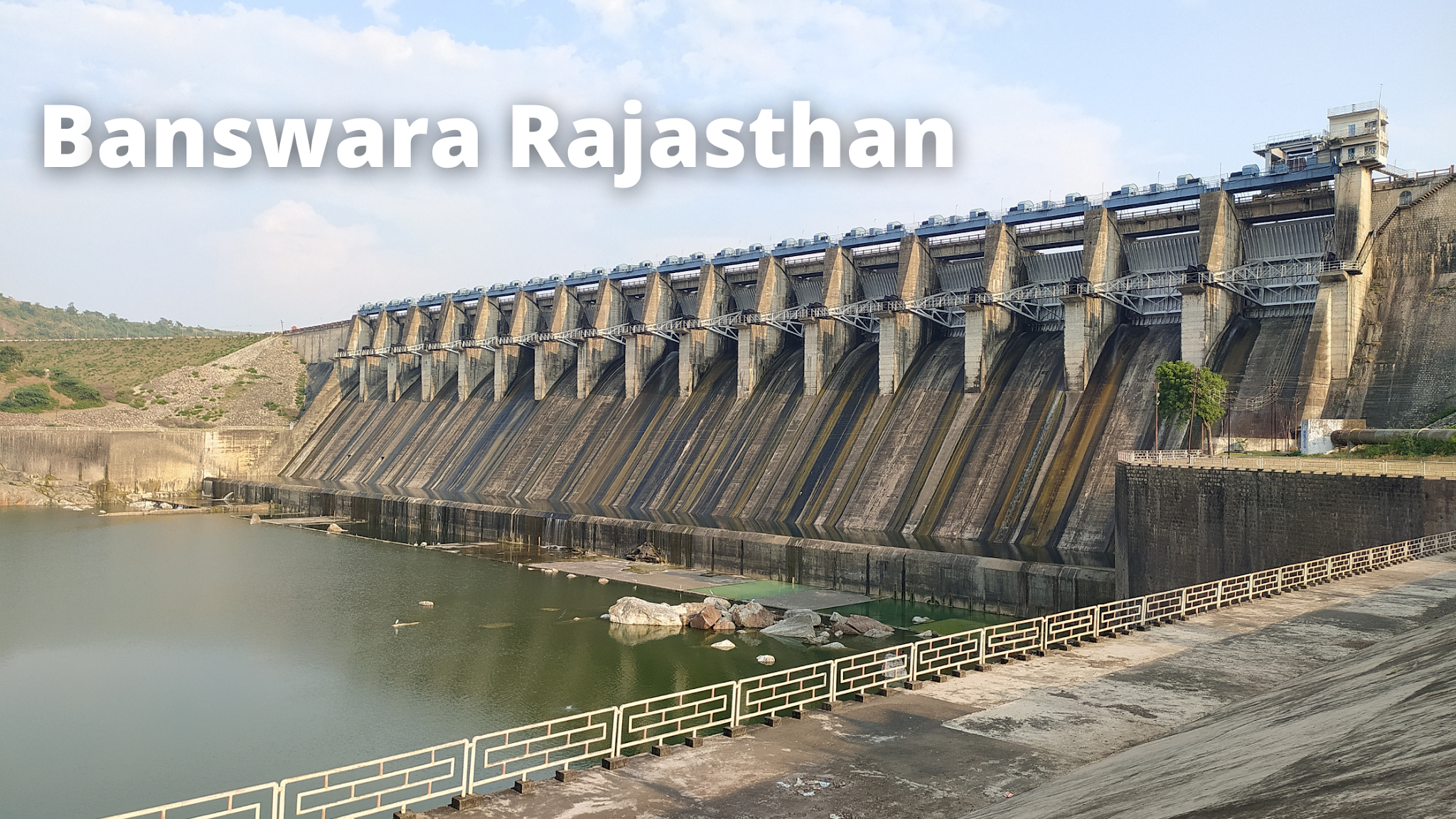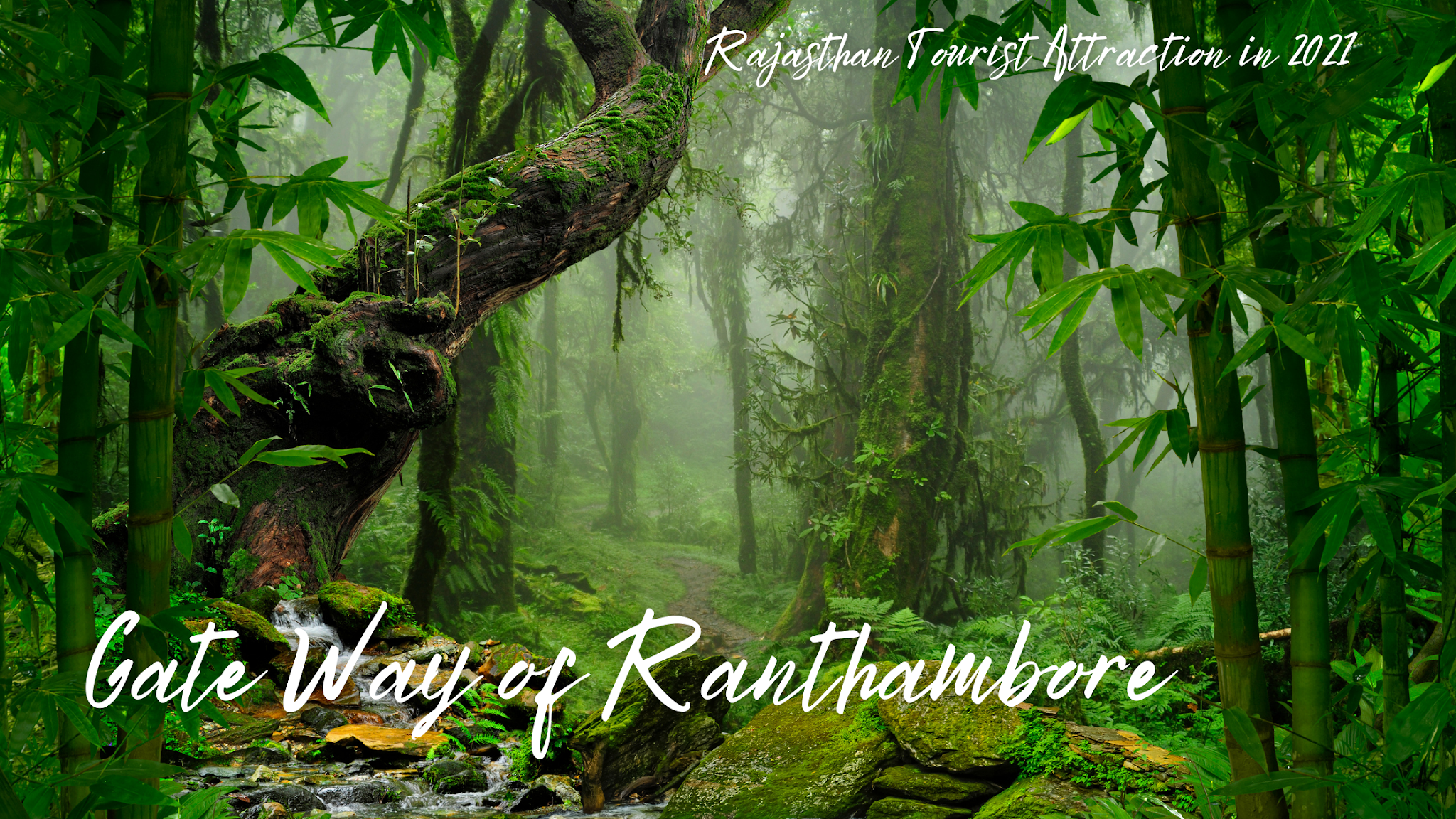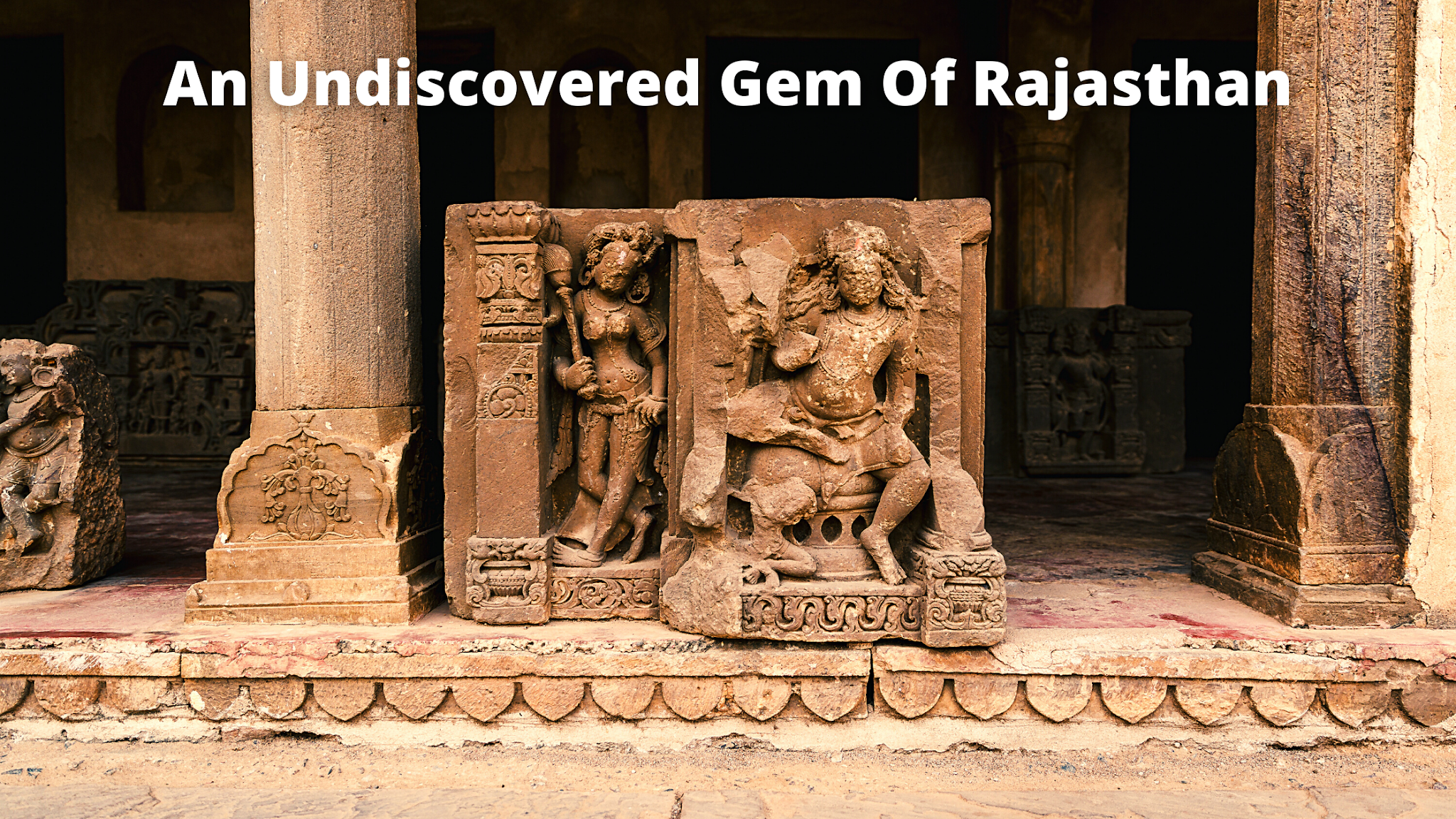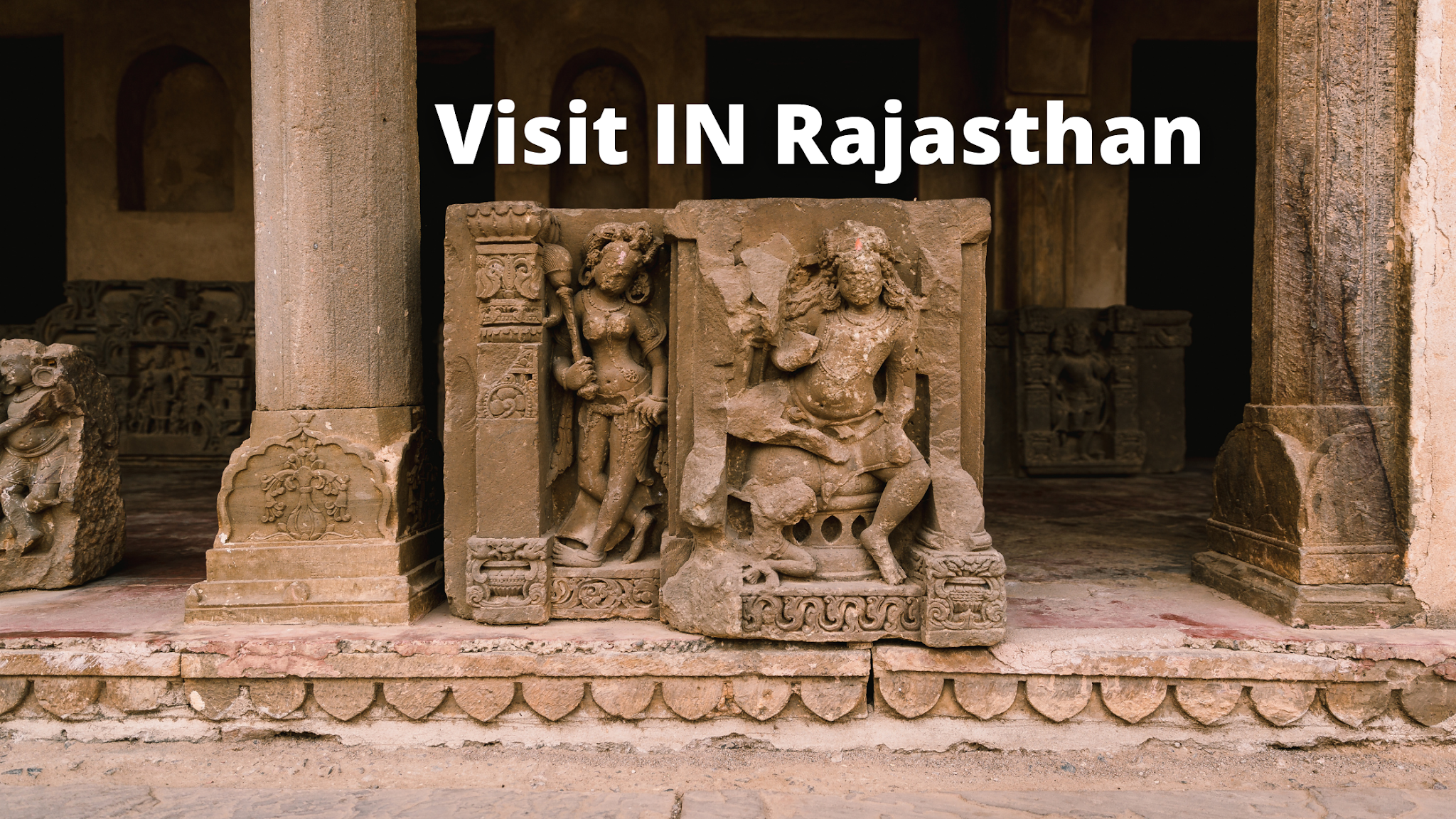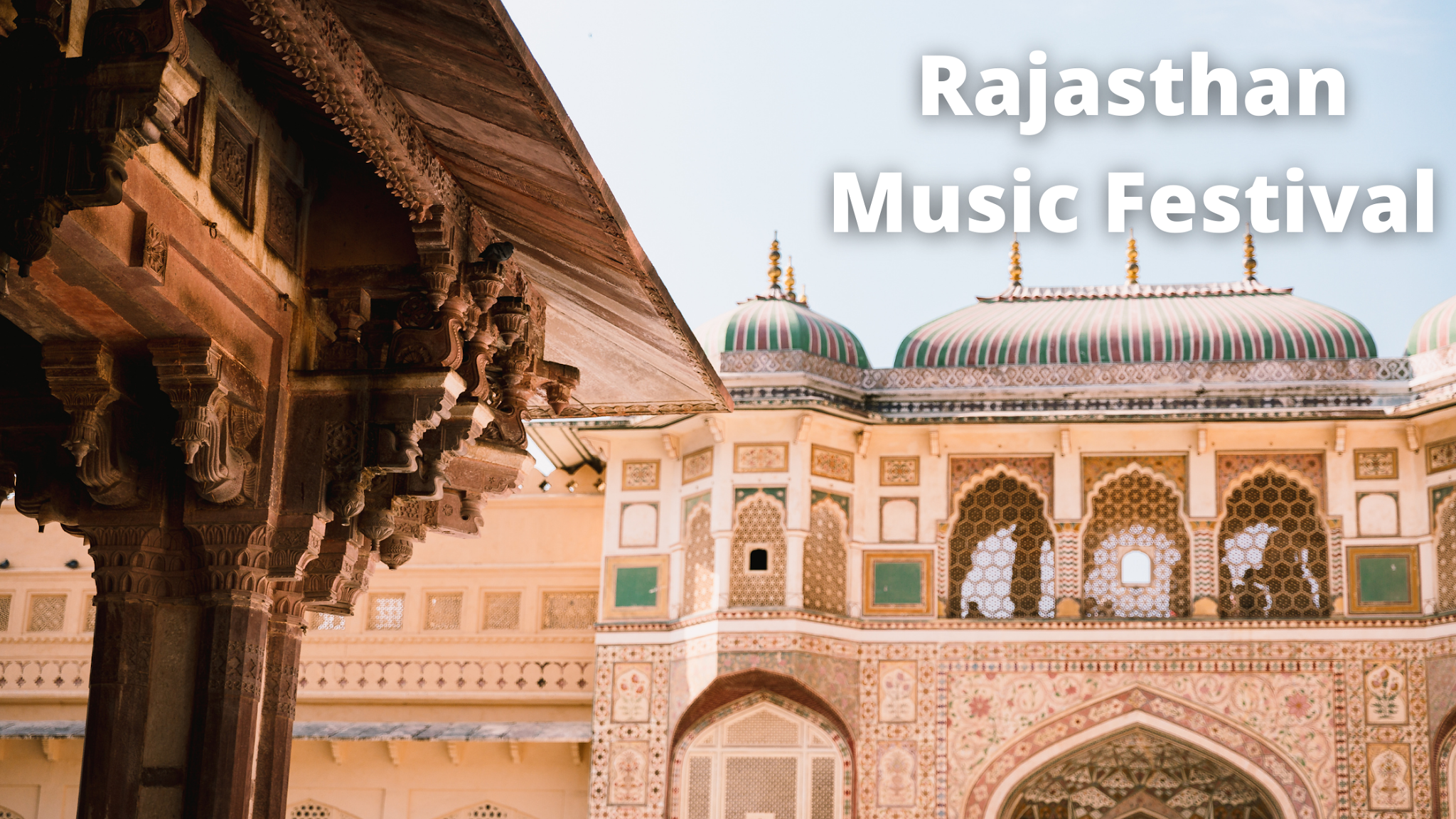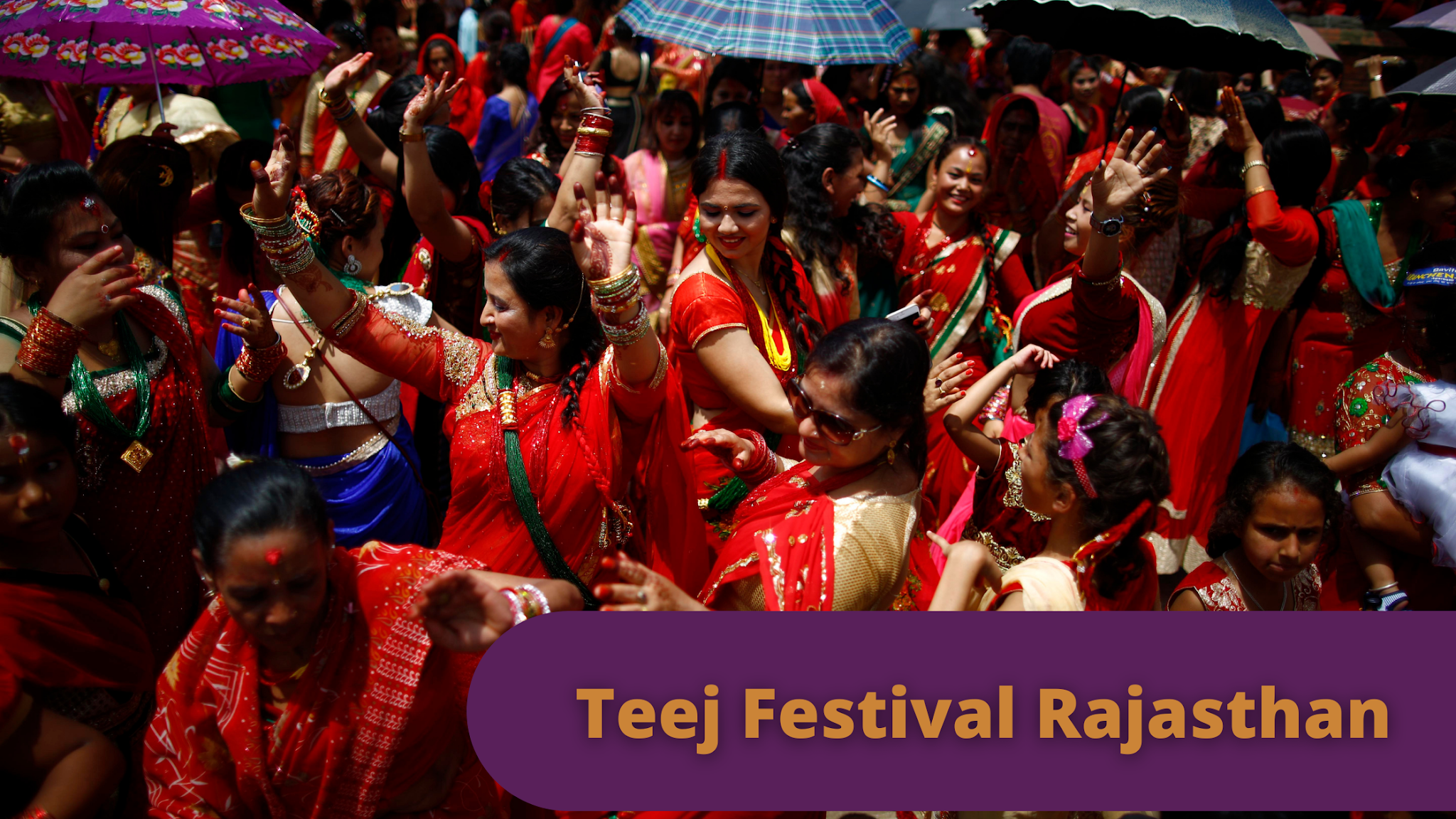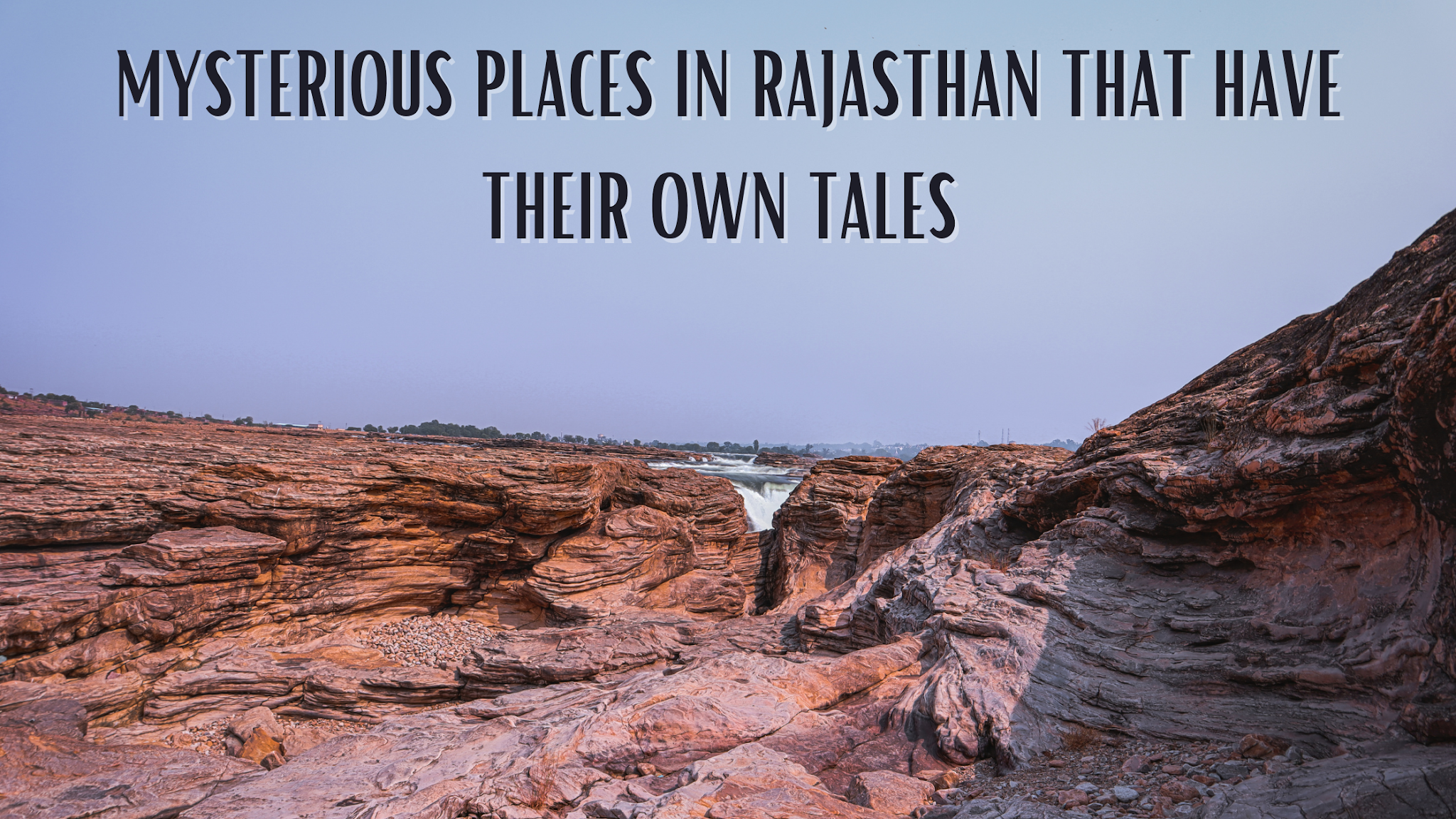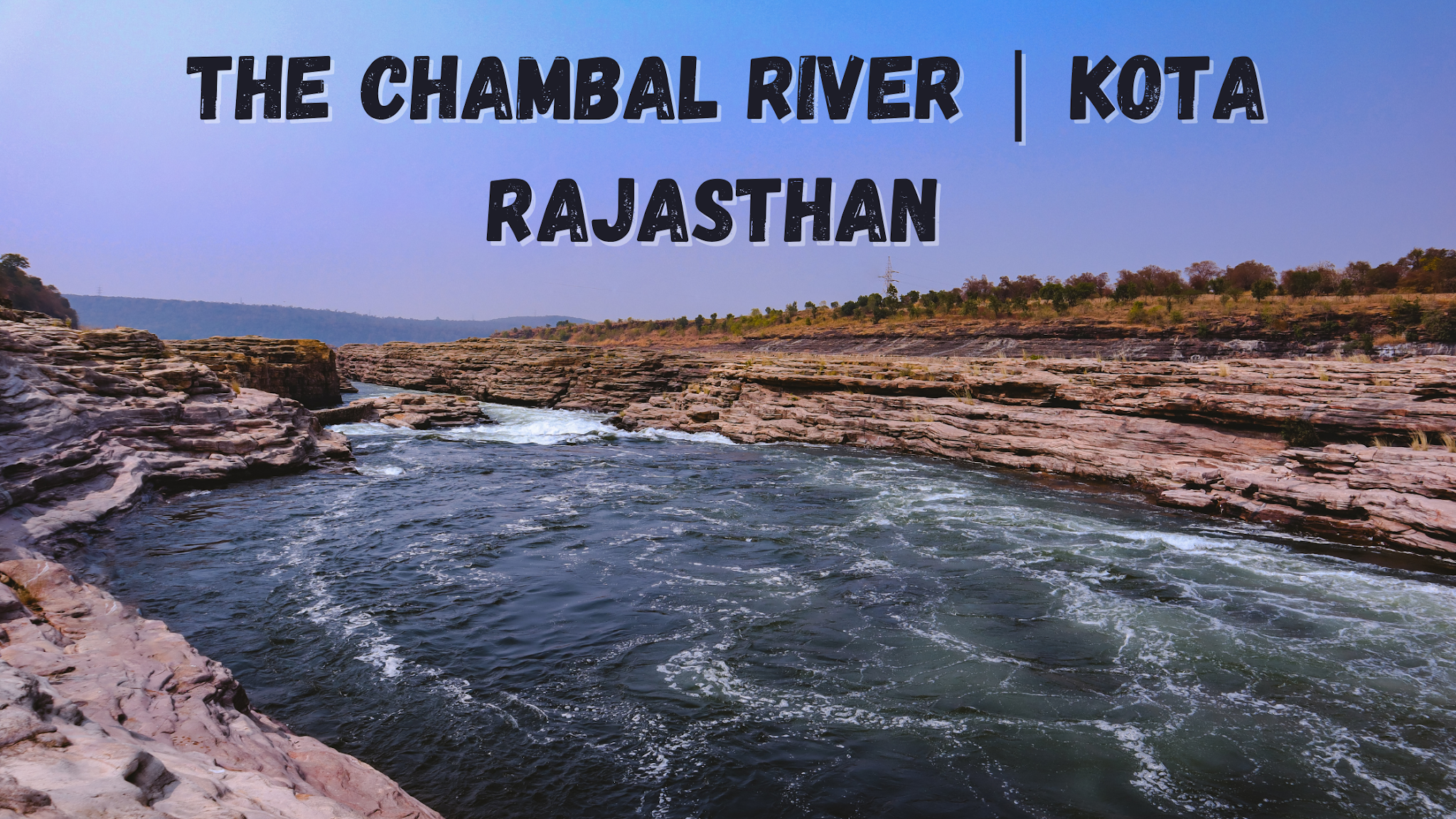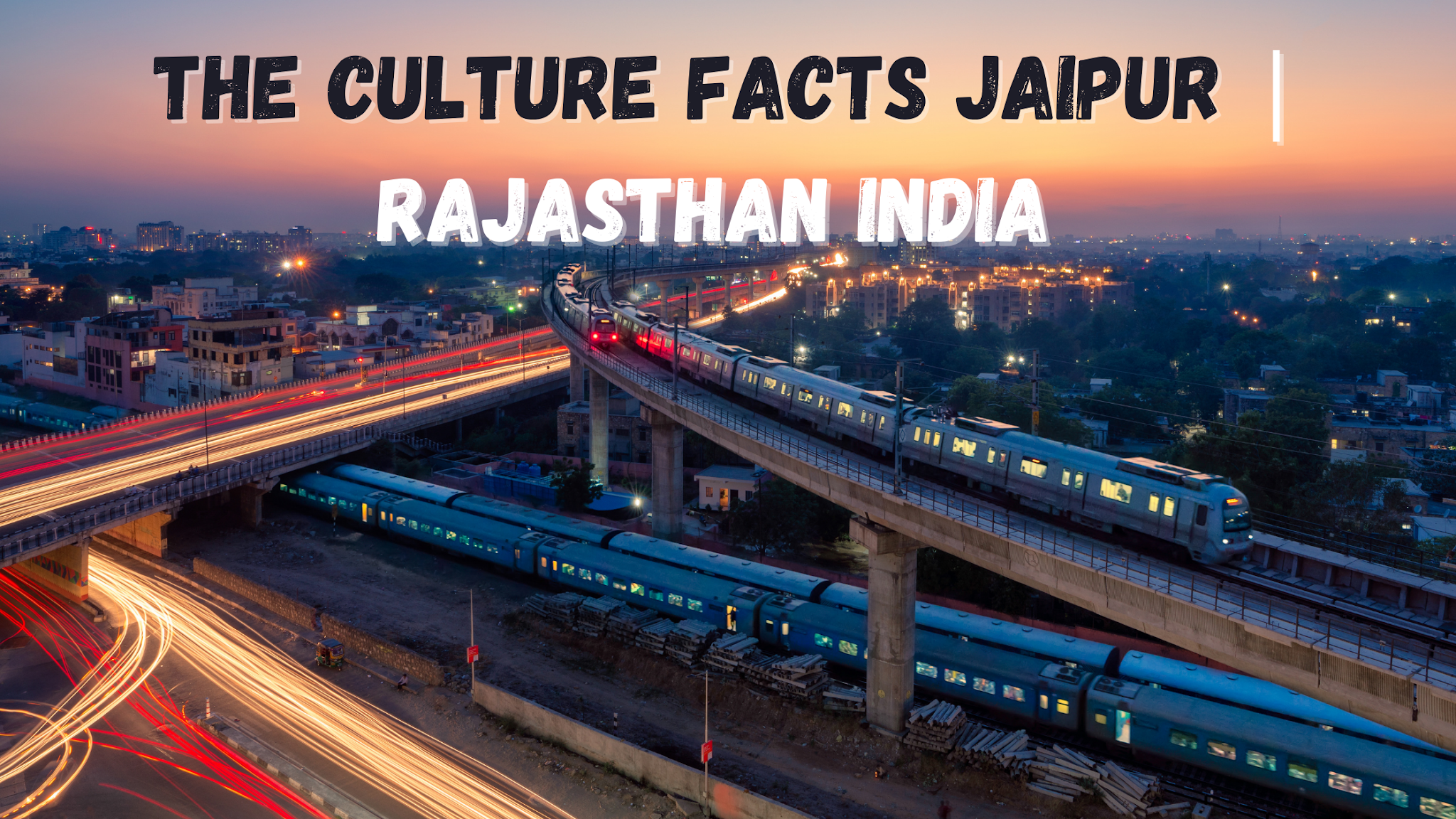Jaigarh Fort in Rajasthan is positioned on the promontory of the Aravalli variety called Cheel ka Teela; it overlooks the Amer Fort and Maota Lake, near Amer in Jaipur, Rajasthan, India. The fort changed into constructed to shield the Amer Fort and its palace complicated by Jai Singh II in 1726 and was named after him.
The fort is among the Top forts of Jaipur, rugged and just like the Amer Fort in structural layout, is likewise called Victory Fort. It is three km lengthy alongside the north-south path, and 1 km extensive. The castle capabilities a cannon named “Jaivana” which turned into made in the precincts of the castle and was then the biggest cannon on wheels in the world. Jaigarh Fort and Amer Fort are linked to each different through passages and considered one complex.
Overview
Jaigarh Fort is a grand shape inside the Pink City of Jaipur, perched on the pinnacle of the hills of ‘Cheel ka Teela.’ In the yr 1726, Sawai Jai Singh II commissioned this impressive edifice to protect Amer Fort. It is a palatial structure, cradled on the pinnacle of the cliff, bounded by greenery and huge battlements. This superb citadel is connected with the aid of underground passages to Amer Fort and is famously referred to as the ‘Fort of Victory’ as it was in no way conquered. The fort currently homes the largest cannon on wheels inside the globe – ‘Jaivana’ and offers an amazing view of the metropolis of Jaipur.
Conceptualized and designed through Vidhyadhar, a talented architect, Jaigarh castle is said to be the strongest of all 3 forts, and has never confronted any fundamental resistance. The citadel reflects the rich beyond of the town and is named after the ruler who constructed it-Sawai Jai Singh II. Other than its complex architecture, the fort is likewise known for the significant treasure that became concept to be buried underneath it. However, it is believed that inside the Nineteen Seventies the Rajasthan Government seized the treasure.
History
Amer became called Dhundhar inside the Ancient and Medieval instances. What is understood these days as Jaigarh Fort, which changed into the primary protecting structure and no longer the palace itself? The systems are interconnected with the aid of a sequence of encompassing fortifications and from the 10th century onwards ruled by means of the Kachwahas. Amer’s and Jaigarh ‘s history is indelibly connected to those rulers, as they founded their Amer empire.
During the Mughal dynasty, the castle became the important cannon foundry and turned into also used to shop ammunition and different warfare-required metal. During the successive wars that broke out inside the Mughal dynasty in 1658, the cannon outpost on the Jaigarh castle changed into covered, until its personal brother, Aurangzeb, defeated and achieved the protector, Dara Shikoh. Later the superb ‘Jaivana Cannon’ is understood to have been molded by using Jai Singh II while the fort became handed over to him, at the side of using the devices and the foundries.
The Royal layout
The royal shape displays the style of a medieval building and is full of numerous great top notch interiors. The massive and lovely Jaigarh Fort become constructed among the fifteenth to 18th centuries the use of the pink sandstones at some point of the length of Jai Singh ll. Once upon a time, this becomes the fort, that is accountable for both Jaipur and Amer ‘s protection from competitors. The majestic citadel additionally has the complexes to save the huge weapons, cannons, and other guns alongside places just like the meeting of warriors.
Jaigarh Fort is an enforcing and striking shape that spreads across an extensive range. Protected by way of thick pink sandstone walls, the fort houses a number of the finest architectures, along with Lalit Mandir, Vilas Mandir, Laxmi Vilas and Aram Mandir, among others. The citadel’s fascination is compounded via two other temples, Ram Harihar built inside the 10th century and Kal Bhairav temple built in the 12th century. The major highlight of the location, but, is the most important cannon on wheels inside the global known as the ‘Jaivana Cannon’ and an extensive complex of palaces. Other than that, along with an armory and a museum, one could witness a nicely-kept garden.
The Jaigarh Fort’s purple sandstone walls are spread over 3 kilometers in duration and are about a kilometer extensive making the establishment an impregnable one. Within the boundaries of the fort sits a well-tended square lawn and embankments are built to offer to get admission to the top degrees of the structure. Courtrooms and halls are delicately decorated with screened home windows even as the complete surrounding landscape is not noted by way of a principal watchtower. The front to the Aram Mandir is via the Awani Darwaza, a staggering triple-arched front. Aram Mandir offers a breathtaking view of the nearby Sagar Lake.
Best Time to Visit
The first-rate time to visit Jaipur and Jaigarh Fort is from early November to February throughout the wintry weather months i.E. The location is lush green all through the monsoon season and gives an outstanding respite from the scorching warmth of summer season solar. Morning and nighttime hours are perfect for a stroll through the fortress premises.
IF Want to Explore the More Unique Forts in Rajasthan then do check out Cab Service in Jodhpur to Best Experience in Rajasthan.

